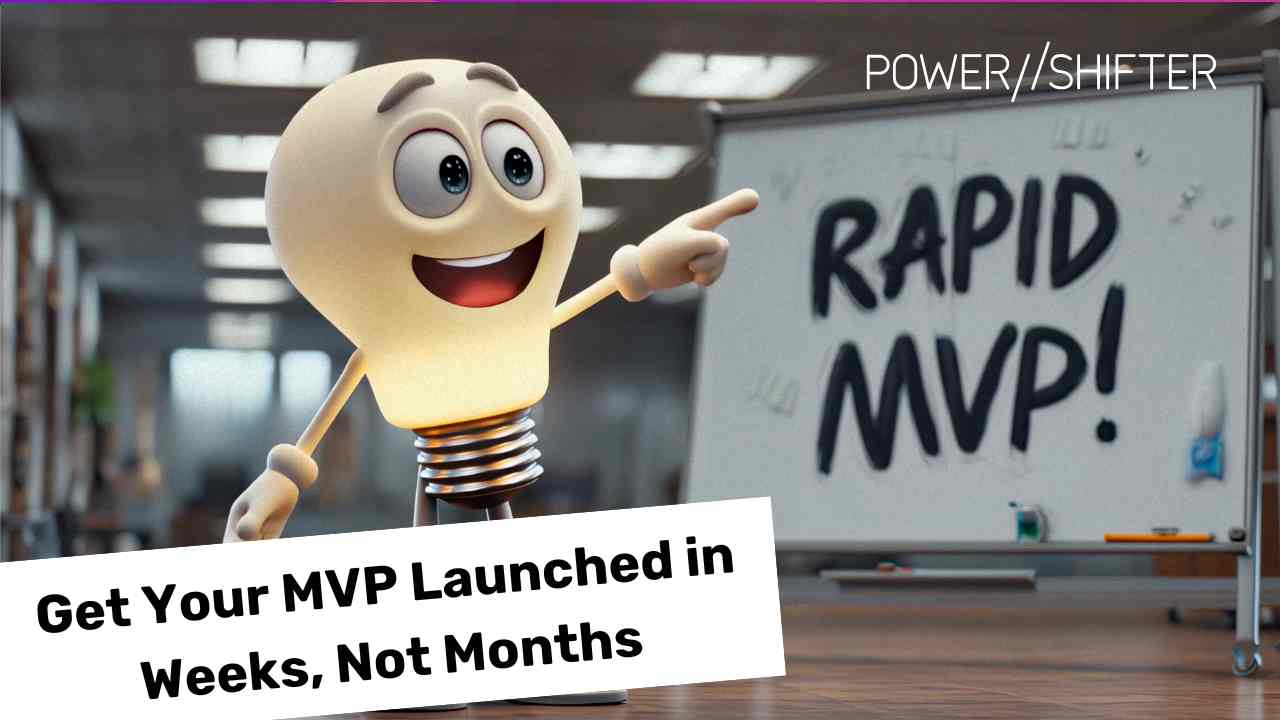Scaling Your Content Strategy with Headless CMS
As your business grows, so too does the complexity of your content needs. Scaling your content strategy is essential for reaching new audiences, managing increasing volumes of content, and ensuring that your messaging remains consistent across all platforms. A headless CMS, like Contentful or Sanity, provides the flexibility and scalability needed to support this growth, allowing you to expand your digital presence without compromising on quality or performance.
In this post, we’ll explore how to effectively scale your content strategy using a headless CMS, ensuring that your content operations can keep pace with your business’s evolving needs.
The Challenges of Scaling Content Strategy
Scaling a content strategy involves more than just producing more content. It requires a coordinated effort to manage larger volumes of content, maintain consistency across platforms, and adapt to the changing needs of your audience. Traditional CMS platforms can struggle to keep up with these demands, often leading to bottlenecks, inefficiencies, and inconsistencies.
A headless CMS offers a solution by decoupling content management from content delivery, giving you the flexibility to scale your operations efficiently. However, to fully leverage the benefits of a headless CMS, it’s important to follow best practices that ensure your content strategy remains effective as you scale.
Best Practices for Scaling Your Content Strategy
1. Implement a Modular Content Approach: Modular content is key to scaling efficiently. By breaking down content into reusable components, you can create a content library that can be easily repurposed across multiple platforms and campaigns. This approach not only saves time but also ensures consistency in your messaging. For example, instead of creating separate content for each platform, you can create modules—such as product descriptions, testimonials, and CTAs—that can be assembled in different ways to suit various contexts.
2. Automate Content Workflows: As your content strategy scales, manual processes can become a significant bottleneck. Automating content workflows, such as approvals, publishing, and updates, can help streamline operations and reduce the risk of errors. Tools like Contentful’s webhook integrations or Sanity’s customizable workflows allow you to automate repetitive tasks, freeing up your team to focus on more strategic initiatives.
3. Leverage API-First Architecture for Flexibility: A headless CMS’s API-first architecture is designed to scale. APIs allow you to deliver content to any platform, whether it’s a website, mobile app, or IoT device, without having to manage separate content repositories for each. This flexibility is crucial as your content strategy expands to include new channels and touchpoints. By leveraging APIs, you can ensure that your content is always accessible, no matter where your audience engages with it.
4. Optimize for Global Content Delivery: As your business grows, you may find yourself reaching a global audience. This requires a content strategy that can handle localization, translation, and varying regional preferences. A headless CMS like Contentful or Sanity makes it easy to manage content for multiple languages and regions from a single platform. Use localization features to tailor content to specific markets, and leverage CDNs (Content Delivery Networks) to ensure fast content delivery worldwide.
5. Maintain Consistent Brand Messaging: Scaling your content strategy shouldn’t come at the expense of brand consistency. As you produce more content across different platforms, it’s important to maintain a unified brand voice and messaging. Establish clear content guidelines and use the headless CMS’s content modeling capabilities to enforce consistency. By defining content types and templates, you can ensure that all content aligns with your brand standards, regardless of where it’s published.
6. Monitor and Analyze Performance at Scale: As your content strategy scales, so too should your analytics. Monitoring the performance of your content across various platforms and channels is essential for making data-driven decisions. Integrate your headless CMS with analytics tools to track key metrics like engagement, conversion rates, and audience growth. Regularly review these insights to optimize your content strategy and ensure that it continues to drive results.
Real-World Example: Scaling with Contentful and Sanity
Contentful and Sanity are both designed to support scaling content strategies. Contentful’s powerful API and content modeling features make it easy to manage large volumes of content and deliver it across multiple platforms. Sanity’s real-time collaboration and flexible content structure allow teams to work efficiently, even as content needs grow. Both platforms also offer robust localization and automation capabilities, ensuring that your content strategy can scale seamlessly to meet global demands.
By following these best practices and leveraging the capabilities of a headless CMS, you can scale your content strategy effectively, ensuring that your business continues to grow without compromising on content quality or consistency.
Ready to scale your content strategy? Download our free ebook for a comprehensive guide on using Contentful and Sanity to support your business growth.
<<Chapter 6: Enhancing User Experience with Headless CMS
Chapter 8: Integrating Third-Party Tools with Headless CMS>>



















